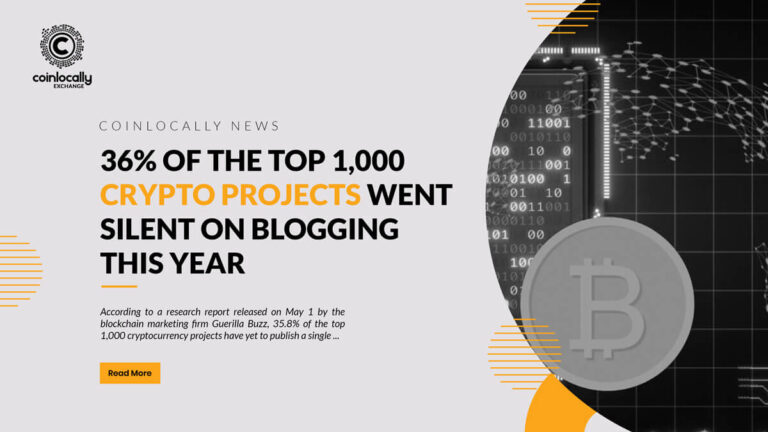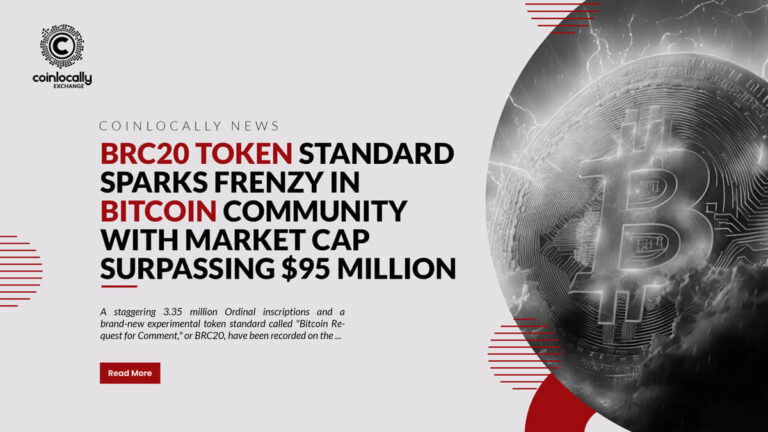
Types of Tokens in Blockchain
Which types of tokens exist in blockchain? In the context of blockchain, tokens refer to digital assets that are created and managed on a blockchain network. These tokens can represent various assets, such as cryptocurrencies, utility tokens, security tokens, and non-fungible tokens (NFTs). Table of Contents – Types of Tokens • Security Tokens • Payment Tokens • Asset Tokens • Stablecoins • Non-Fungible Tokens (NFTs) • Governance Tokens – Conclusion Types of Tokens Tokens in blockchain are usually created using smart contracts, which are self-executing computer programs that automatically execute when certain conditions are met. Smart contracts can be used to define the rules and behavior of the token, such as how it can be transferred, how much it is worth, and what it can be used for. Blockchain tokens are stored in digital wallets and can be transferred between parties without the need for a trusted third party, such as a bank. Transactions on a blockchain are verified and recorded in a decentralized manner by a network of nodes, which makes the system secure and resistant to fraud or manipulation. The use of tokens in blockchain technology has enabled new forms of value exchange and economic systems, such as decentralized finance (DeFi) and the tokenization of real-world assets. Tokenization of blockchain technology has enabled new forms of value exchange and economic systems, such as decentralized finance and tokenization of real-world assets. There are several types of tokens in blockchain, including: Utility Tokens These are tokens that are used to access or purchase a particular service or product within a blockchain network. Examples include the Basic Attention Token (BAT) used on the Brave browser to reward users and publishers for viewing and creating content. Utility tokens are a type of cryptocurrency token that are designed to provide access to a specific product or service within a blockchain ecosystem. These tokens are created by companies or organizations that are building decentralized applications (DApps) or platforms, and are used to incentivize users to participate in the network. Utility tokens are different from other types of tokens, such as security tokens or asset-backed tokens, because they do not represent ownership in an asset or company. Instead, utility tokens are designed to be used within a specific ecosystem to provide access to products or services. For example, a utility token might be created by a decentralized social media platform and used to access premium features on the platform, such as advertising or content creation tools. Users can earn utility tokens by participating in the platform, such as by creating content, sharing posts, or engaging with other users. The more utility tokens a user has, the more access they have to the platform’s features. Utility tokens can also be traded on cryptocurrency exchanges, which allows users to buy and sell them for other cryptocurrencies or fiat currencies. However, the value of a utility token is generally tied to the adoption and success of the underlying platform, rather than any inherent value of the token itself. Utility tokens are cryptocurrency tokens that provide access to a specific product or service but do not represent ownership of an asset or company. They can be traded on cryptocurrency exchanges, but their value is tied to the adoption and success of the underlying platform. Security Tokens These are tokens that represent ownership in an underlying asset, such as equity in a company or real estate. Security tokens are subject to securities regulations and are often used for crowdfunding or raising capital. World asset, such as equity in a company, shares of a real estate investment trust (REIT), or debt in a loan. They are similar to traditional securities, such as stocks and bonds, in that they represent a financial interest in an underlying asset, but they are issued and managed on a blockchain network. Security tokens are subject to securities regulations and must comply with laws and regulations governing the issuance and trading of securities, such as the United States Securities and Exchange Commission (SEC) regulations in the US. As a result, security token offerings (STOs) typically require more regulatory compliance and due diligence than initial coin offerings (ICOs) or utility token offerings (UTOs). The use of security tokens on blockchain networks can provide several advantages over traditional securities, such as increased transparency, lower transaction costs, and greater liquidity. By issuing securities as tokens on a blockchain network, issuers can reduce the need for intermediaries, such as brokers and custodians, and provide investors with faster settlement times and 24/7 access to trading. Security tokens are tokens that represent ownership in an underlying asset, such as equity in a company or real estate, and are subject to securities regulations. They require more regulatory compliance and due diligence than initial coin offerings (ICOs) or utility token offerings (UTOs). They provide advantages over traditional securities, such as increased transparency, lower transaction costs, and greater liquidity. Payment Tokens These are tokens that are used as a means of payment, like cryptocurrencies such as Bitcoin or Litecoin. These tokens can be exchanged for goods and services or traded on exchanges. Payment tokens are a type of cryptocurrency that are designed to be used as a medium of exchange for goods and services. They are similar to traditional currencies, such as the US dollar or Euro, in that they can be used to make purchases or payments, but they are based on blockchain technology and operate independently of central authorities or intermediaries. Payment tokens can be exchanged directly between individuals or organizations without the need for intermediaries, such as banks or payment processors. Transactions are verified and recorded on a decentralized blockchain network, which provides increased security and transparency compared to traditional payment systems. Examples of payment tokens include Bitcoin (BTC), Litecoin (LTC), and Bitcoin Cash (BCH). These cryptocurrencies can be used to purchase goods and services from merchants that accept them as payment, or they can be exchanged for other cryptocurrencies or fiat currencies on cryptocurrency exchanges. The use of payment








